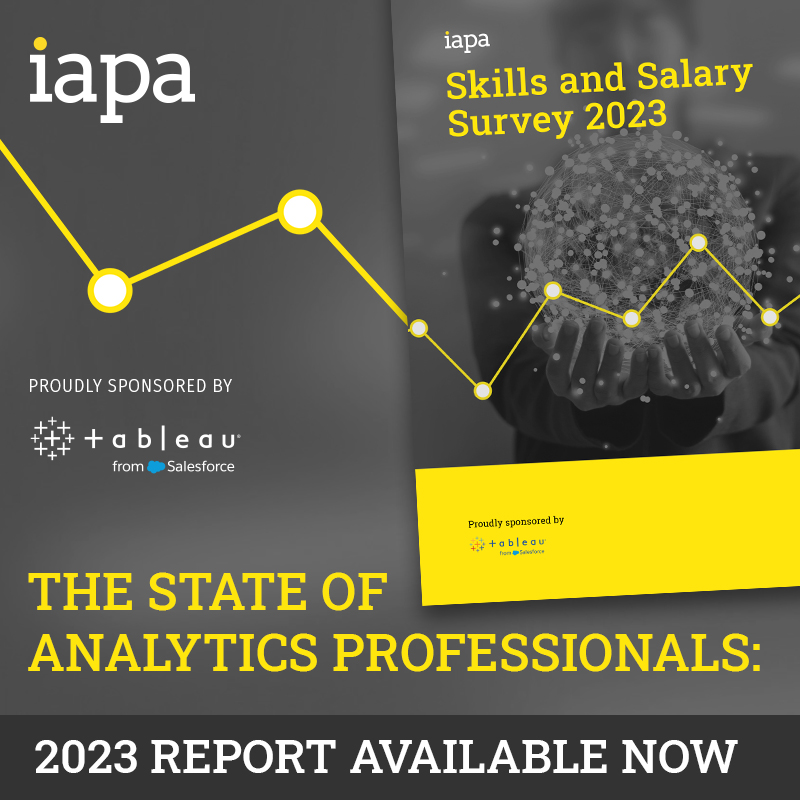Artificial intelligence re-captured the business imagination in 2016, but some jitters and scepticism remain on whether it can really fulfil its promise.
In a year when IBM made significant strides in finding commercial uses for its Watson technology and Microsoft backed bots as the next user interface, Salesforce began its AI journey, introducing capabilities under the branding ‘Einstein’.
Salesforce isn’t shy about marketing it as “AI for everyone”. Indeed, Salesforce co-founder Parker Harris tells Information Age that his only concern entering the space was whether the technology could be used by anyone, and not just by the companies with the deepest pockets.
“I think the tipping point for me wasn’t, ‘Would businesses want this?’” Harris said.
“It was more, ‘Is the time now? Is it possible? Will it really work in a way where I could create something that would be democratising [the technology] and that would be AI for everyone, not just for our biggest customer?
“I could probably have done that – created something that was really hard to set up but for the big customers that pay enough you get AI. But what I wanted to do since we started is to build AI for everyone.”
Harris’ idea of AI for everyone, of course, is qualified as ‘everyone with Salesforce’ (compared to, say, the Elon Musk-backed OpenAI which wants to share its research without bounds).
However, there are millions of Salesforce users worldwide, particularly in domains like sales and marketing, and the company’s integrated AI will affect them as well as the people they do business with.
Harris notes that despite a goal to create AI for everyone, the company is actually “very targeted” in identifying uses for its Einstein technology.
“What I’ve learned is if we try to do AI in a very generic way and solve all the world’s problems, nothing’s going to work,” he said.
“We’re very focused. I would say we’re also just at the beginning.”
One of the first uses is for “predictive lead scoring” – the idea that the leads in a sales database can be ranked based on which is likely to close first, so that sales reps “know the order to call” prospects.
“They can use it to make sales smarter,” Harris said.
Another use is what Harris calls “opportunity insight” and works off the idea that information stitched together from multiple systems could provide valuable intelligence on a pending deal.
A third use could be automatic case routing – relying on an algorithm to match a caller with the expertise of the available support representatives so that the problem can be resolved faster.
Harris expects more ideas to flow out of the company’s new data science research unit, at least initially. In that way, Einstein’s early evolution could be similar to IBM’s Watson, which came out of IBM Research and continues to owe part of its ongoing evolution to that space.
However, as IBM did incorporating Watson into its Bluemix cloud, Salesforce plans to expose Einstein APIs and other capabilities for third parties to build with and incorporate into their own products.
“As we crack open Einstein we’ll start to see more of the innovation happening outside of the company,” Harris said.










